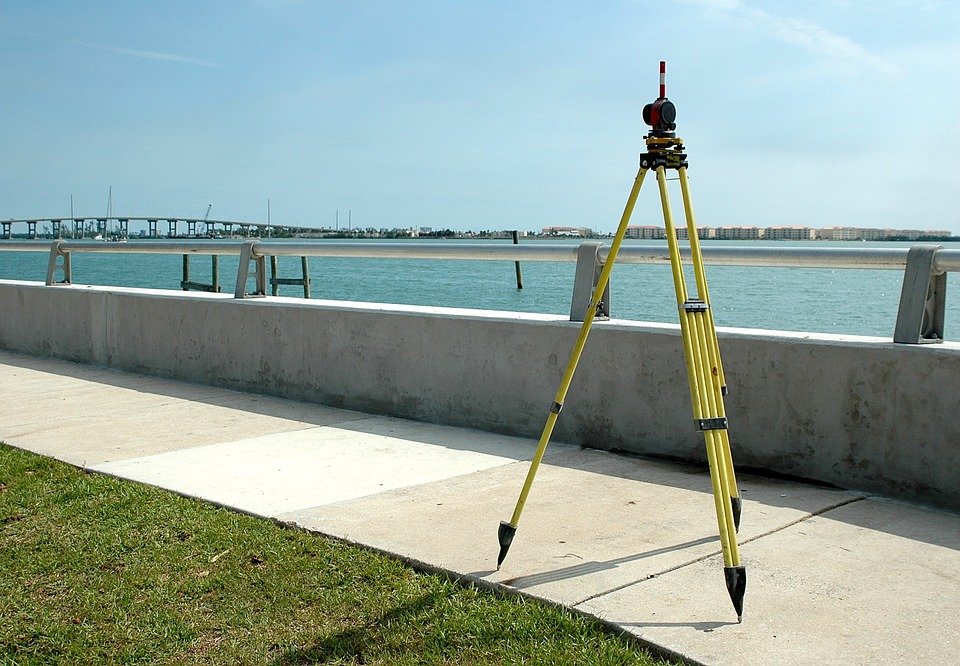[ad_1]
Unlocking the Benefits of Survey Laser Scanning for Your Projects
Survey Laser Scanning (SLS) technology is a powerful tool for project managers looking to gain a better understanding of their work sites. It is a high-precision technology that uses laser beams to capture an accurate 3D image of any given area. This data can then be used to create detailed maps or models of a project site, allowing for better project planning and management.
What Are the Benefits of Survey Laser Scanning?
Survey Laser Scanning provides a variety of benefits for project managers. It can provide a detailed overview of a project site, allowing for better project planning and budgeting. It can also help in the creation of a 3D model of the project site, which can be used for design or engineering purposes. Additionally, SLS can be used to accurately measure distance, elevation, and angles of objects on a project site, allowing for more accurate data collection and analysis.
How Does Survey Laser Scanning Work?
Survey Laser Scanning works by using a laser beam to capture a 3D image of a project site. The laser beam is directed at different points on the project site and the data collected is then used to create a 3D model of the project site. This data can then be used to create detailed maps or models of the project site, allowing for better project planning and management.
What Are the Benefits of Using Survey Laser Scanning for Your Projects?
Survey Laser Scanning offers a variety of benefits for project managers. It can provide a detailed overview of a project site, allowing for better project planning and budgeting. It can also help in the creation of a 3D model of the project site, which can be used for design or engineering purposes. Additionally, SLS can be used to accurately measure distance, elevation, and angles of objects on a project site, allowing for more accurate data collection and analysis.
What Are the Challenges of Using Survey Laser Scanning for Your Projects?
Although Survey Laser Scanning offers a variety of benefits for project managers, there are some challenges associated with using the technology. One of the most significant challenges is the cost associated with the use of SLS. Additionally, the technology is still relatively new, which means there may be a lack of experienced personnel available to operate the equipment. Finally, the accuracy of the data collected is dependent on the quality of the equipment, which can be an expensive investment.
Conclusion
Survey Laser Scanning is an invaluable tool for project managers looking to gain a better understanding of their work sites. It can provide a detailed overview of a project site, allowing for better project planning and budgeting. It can also help in the creation of a 3D model of the project site, which can be used for design or engineering purposes. Despite the challenges associated with its use, SLS is an invaluable tool for any project manager looking to gain the most accurate data about their project.
[ad_2]









